Kiwese got to hang out with multi-media visual artist, designer and punk enthusiast Kerry Ann Lee at her cozy abode in Mount Victoria, for a rainy afternoon full of LPs, books, ornaments, coffee and fresh cream donuts.
Hey KAL! Tell us about the upcoming exhibition you are involved with in Auckland?
Its called Unstuck in Time, it’s a group show with a bunch of artists curated by Bruce E. Phillips at Te Tuhi Centre for the Arts. The exhibition takes its name from Slaughterhouse Five by Kurt Vonnegut and looks at the ideas of dislocation in time in space.
What was your childhood like, growing up in Welly?
Ahh, 1980s Wellington. Yeah. Pretty quiet. I’m the oldest of three, have two younger brothers. I lived in Hataitai most of my childhood and we went to St Mark’s. My parents had the Gold Coin Café takeaway at the top of Willis St, which was the focus of the project I did last year for Enjoy. It was a strange project, returning to that space before they tore it down – the back of the shop was a big extension of my home space growing up.
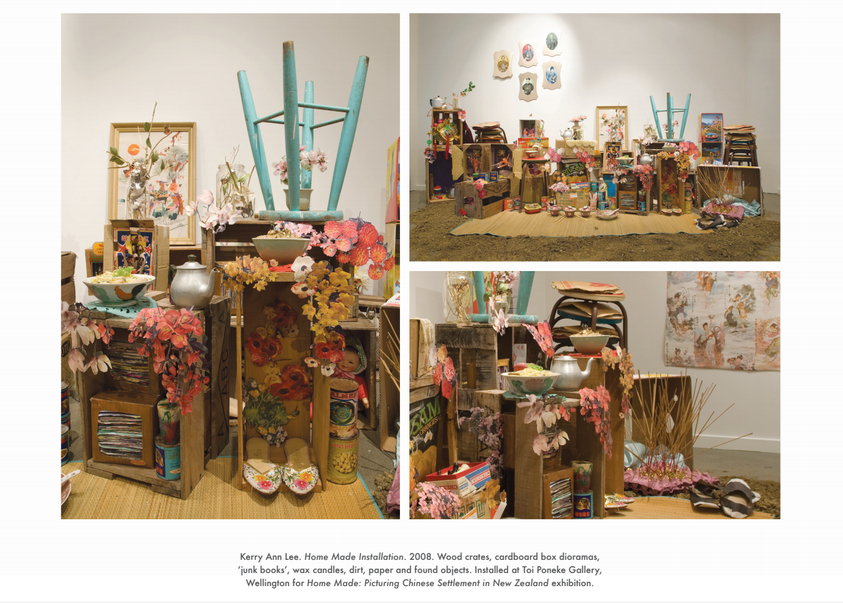
Home Made Installation (2008), Toi Poneke Gallery. “I find a lot of descendants from migrant families in NZ get this piece – they understand it because its similar in their families – collecting and hoarding random junk as a form of stake hold in settlement.”
My Por Por and Gong Gong were involved with setting up a bunch of early Chinese restaurants in Wellington in the 40s and 50s, such as The Canton. My parents’ era was The Shanghai in the 70s. They were extremely minority; heads down working class, you will get that story from so many people and elders; it has shaped the way the community is in many ways.
What are your memories of growing up between school, home and the Gold Coin Cafe?
There was a diverse clientele that used to come to the Gold Coin. As my mum said – “Upper Willis St, Mongrel Mob, skin heads, white collar workers from the Government departments.” For me as a kid, it was more of a quiet observation of these interactions. It’s funny being back in Wellington now because it is heaving with food! Yet this quiet little legacy of original stakeholders remains in the city and Newtown, not just the Chinese community, but the coffee houses and takeaways run by Greek families as well.
“Throwing back the familiar, but with a twist. I like the idea of questioning comprehensions.“
The symbol of money comes up quite a lot in your collage. Kiwi bank notes, Queen Elizabeth’s face.
When I was a kid, I used to count the money at the end of the night. My uncle sent my a five pound note from England when he moved over when I was a kid – it had a picture of Queen Elizabeth and he had pencil sketched it with a big gang fist, spiky bracelet and a punk stud. And I thought “woah, you CAN do that with money!”
Where did you interest in paper cutting stem from?
Initially it came from a love and active interest in collage and punk poster graphics, record art, Dada and a lot of that historic use of montage. I learned the more elegant, craft aspect of Chinese paper cutting later on. I like that punk and Dada were more about upsetting popular imagery, a transformative reconfiguration of paper cutting to both reveal and take away.
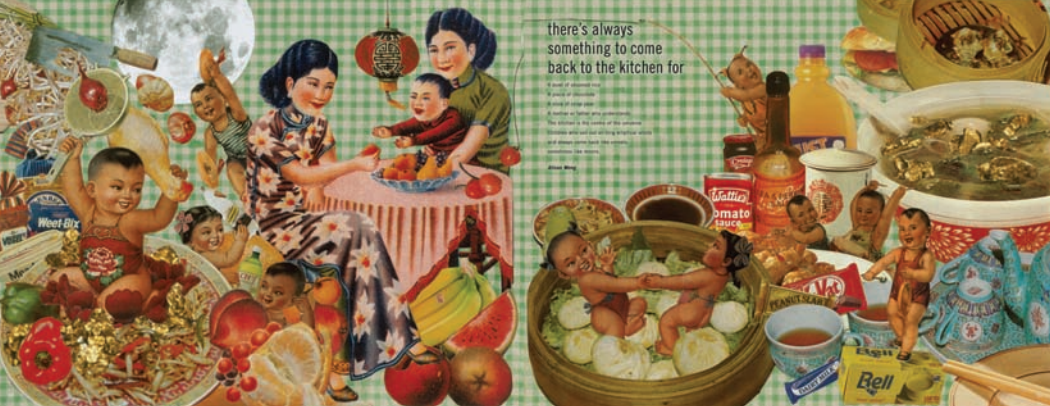
Kitchen Universe (2007). Image from KAL’s Masters thesis and Home Made book.
“My mum was born and raised here. She still gets the ‘where are you from?’ She’s got a good way about it, ‘Made in New Zealand, with ingredients from China!'”
Your work often works to subvert expectations of local, familiar symbols and those of your own Chinese background.
People have different views on it. The ‘oh, it is such a shame’ view which puts the onus on the family to maintain and preserve a rich, heritage culture like pickles in a jar. Then there is also the pressure for a family to assimilate and normalise and do the best they can. But when you assimilate – only bring the desirable qualities into the mainstream space, the ones that could be creative and colourful to add flavour, but not too much tension or dynamic.
[K.A.L leaves the room and returns with a copy of Home Made: Picturing Chinese Settlement in New Zealand, the book she made for her Masters in Design at Massey]
Oh. My. God. I don’t even. Woah. *implodes*
Home Made and a written thesis were the product of that year. It was fifty hardbacks and 100 soft back editions. There are a few things in there that people found kind of useful for research in many respects. The Chinese legacy in New Zealand isn’t read and taught like the ‘colonial founders’ of the country, but credit to James Ng and all the incredible work he has done with Windows on a Chinese Past. It’s insanely cool. It’s hilarious cos it’s so hefty, but so underground.
I recall John Lake mentioning your name during an interview about Up the Punks, tell us about your interest in music?
Lake! Music in a similar way to art, it is so immediate and evocative, immediately transports you to other places and times. Punk, mix tapes, that sense of discovery. It is a form of communication, not just the music itself but the format. How music travels, how art and words move from one place to another, how they affect different people, how they are read, translated and misunderstood.
“I’ve always had music in my life – from always having the radio on and having a Gong Gong that could sing.”
Growing up in the 80s it was super pop. I will listen to anything. I’m a big John Cage fan… but I also listen to Crass, Screamin’ Jay, Weezer, Nina Simone… My friend Julia in Milan sent me a bunch of records that she put out on her label Vida Loca Records, [puts on a record]. There is whole lot of crazy shit in here. Backyard Burial to the Breeders, to Shanghai Lounge Divas, Tom Waits, Hanggai, ESG…
You’ve been to your family’s village in Guangdong, how was that?
My uncle drove from the city and we went way out into the sticks… it was so rural. This place didn’t have roads. Or shoes. It was a total world culture clash. You feel like the prissiest, stupidest, foreign alien. Transplanting myself back into that space was probably the most quiet, reflective time of my life.
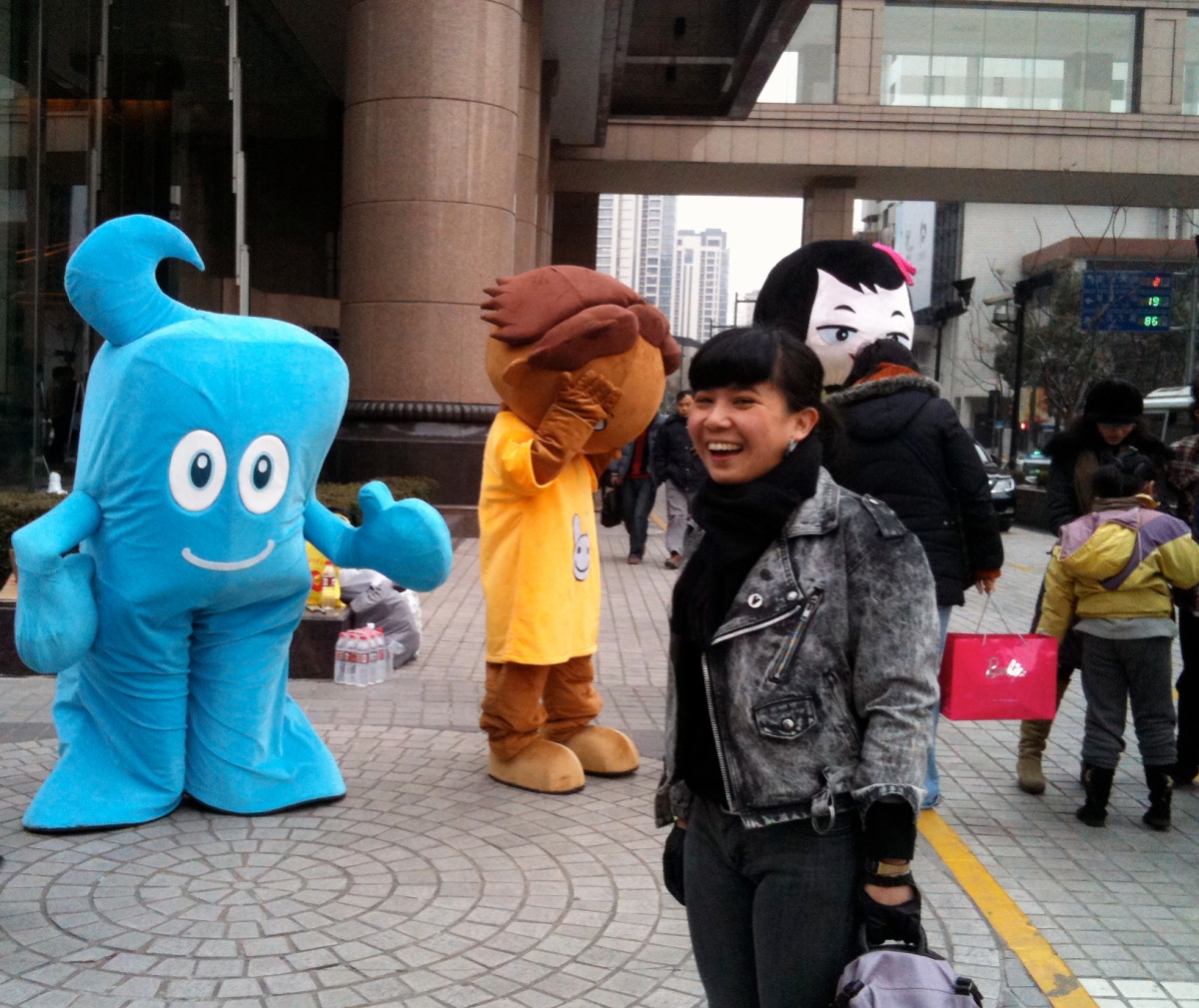
KAL feat. the Haibao mascot that covered Shanghai during the World Expo 2010. Photo courtesy of KAL.
At Te Papa’s China in the Pacific Forum, you talked about doing the WARE Residency in Shanghai in ’09 during the city’s preparation for the 2010 World Expo.
What an exciting time to be introduced to China and spat out the other end! The immenseness, the space, the ocean of black hair. This place with weird buildings, twenty million people moving really fast on motorcycles, smoking, ploughing into you drunk and peeing on the street. Wonderful, maddening, dirt covered chaos – that’s whats writhing under the skin of all this gorgeous, sparkly brand new mega city facade.
“In China, things are magnified. A lot of our understanding of Chinese heritage is completely different to what goes on over there.”
I found myself always writing journals and letters home, drawing and documenting to try and take it all in, but the definitions and descriptions don’t matter after a while. My neighbours used to sell illegal tofu jerky from a store in their house, I used to knock on their door and buy my weird snacks. One time my bus stop turned into a pile of rubble. I just went with the flow.
Check out KAL’s video work ‘Shanghai Shorts,’ filmed from her mobile office at the back of the Baoshan bus.

Big City Rising. Image from Ocula.
How did these perceptions influence the works in Da Shi Jie/ The Great World: Shanghai Works 2009-2010 [大世界:2009-2010 创作于上海] which you exhibited at Toi Pōneke upon your return?
Destruction, loss, fragility, the beautiful stuff that Westerners find fascinating because it is happening there on a local, day-to-day administrative level. It kind of oscillates between the two China narratives of doom and gloom vs. China is great! Modernise! This is 21st century Empire building!
Did living in the outskirts of a bustling mega city like Shanghai change your perceptions of your own ‘Chinese-ness’?
I’m not a very good Chinese [laughs]. I was actually terrified when I first got the WARE Residency – like, oh fuck – I have never been to China, I can’t speak Chinese, but I am Chinese, how the hell is this gonna work?! Being over here you in New Zealand you are visibly different, especially growing up. Over there I would be outed in a second if I was trying to mimic a bit of basic Chinese, it was an immediate fail. I felt really undercover over there. I feel it reinforced my other identities – of being into punk rock, sci-fi, the privileges and pitfalls of being a Westerner.
“Another analogy I heard from somebody over there was ‘same hardware, different software.‘“

Double Dragon (2012). “I was quietly stoked about this one because I managed to get a Chinatown archway in Courtenay Place. These small things within Council perimeters.”
Do you ever feel obliged to tell a Chinese story in your work?
Just my own. You cannot disconnect yourself from where you come from, your community, family and life – but in the end, your pursuit of truth and storytelling is what you’ve lived through. Your choice of fictions, dreams, truths. It’s all up for grabs. People often touch it with kid gloves, the idea of connecting with a heritage culture while not wanting step on anyones toes, or aiming for a sense of ‘authenticity.’ People should create new understandings of that, of what is real, what is authentic for you.
“Things aren’t always clearly defined, things are murky and weird and terrifying and messy and splendid and hard.”
What are you reading at the mo?
I recently read Slouching Towards Bethlam by Joan Didion. Now I’m reading some short stories by Italo Calvino.
What are you listening to at the mo?
Random classics. $1 discount CDs. Got a great $4 Buddy Holly CD from Grayson for my birthday. This mix I made for Stevie Kaye.
Anything you recommend people check out?
Any advice for aspiring artists?
Trust yourself! Don’t listen to anyone else. Be okay with the fact its hard going – it’s part of the delight and sweetness. It’s okay not knowing, but still doing. You are only answerable to yourself. Do the don’ts!
Thanks Kerry Ann, you da man!
Catch Kerry Ann Lee speaking at the Working the Gap Symposium presented by The Adam Art Gallery, as part of their series of free public events exploring art writing now in Wellington, Sat 9 Aug.
For Aucklanders – Unstuck in Time will be on at Te Tuhi from 2 August – 26 October.
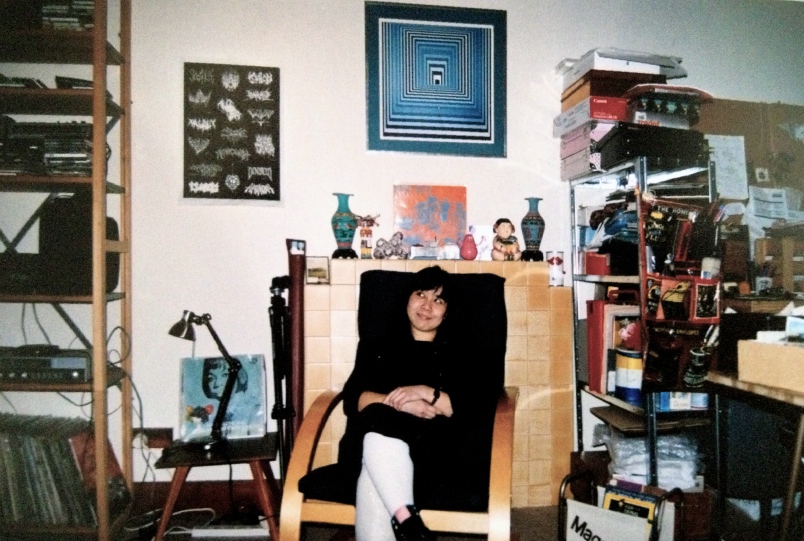
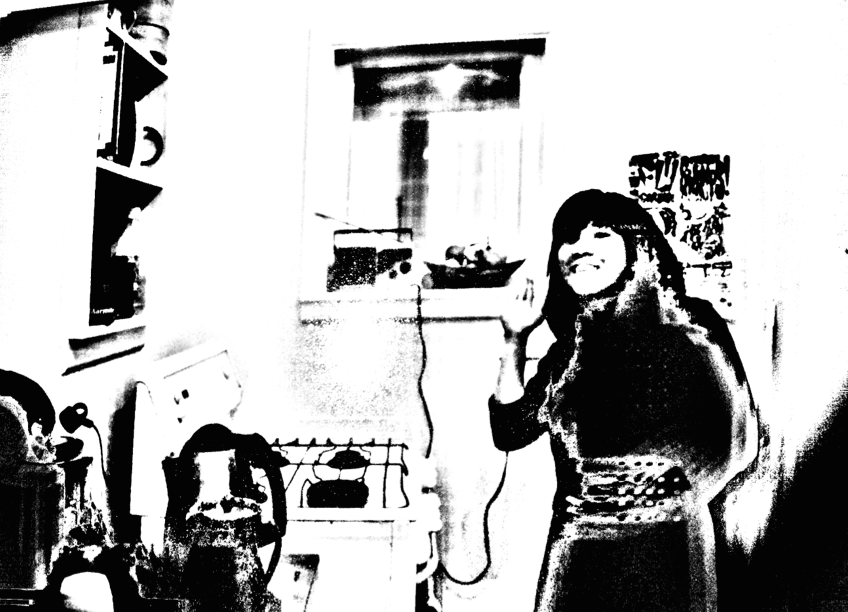

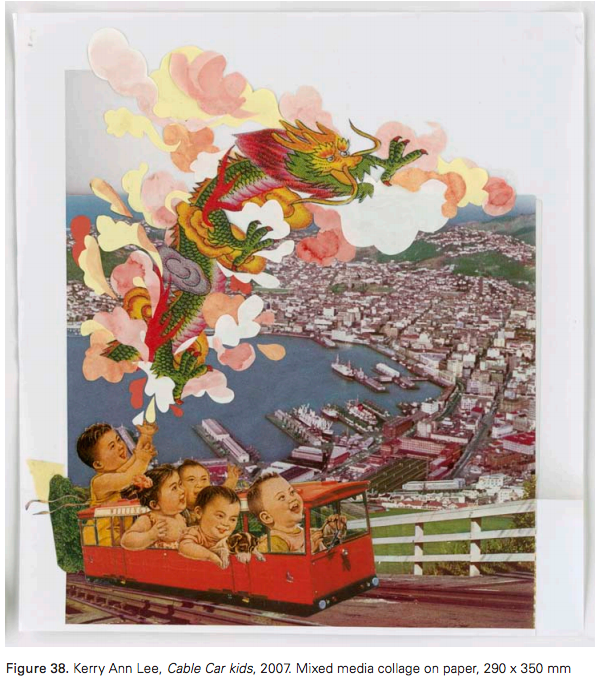
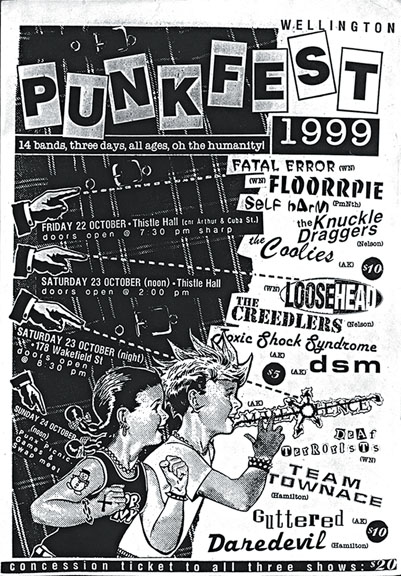
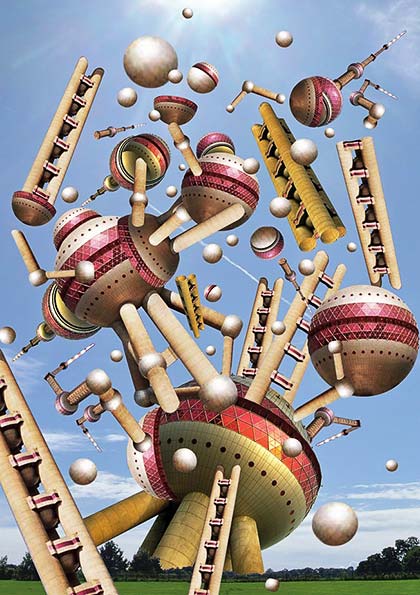
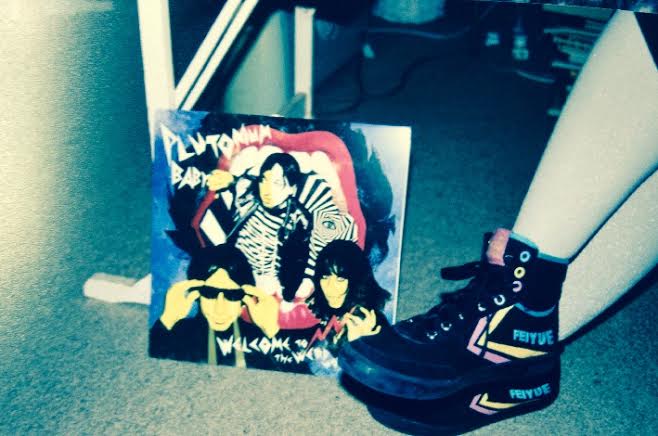
[…] to KAL! READ: Enter the Lounge with Kerry Ann LeeThanks, Renee! READ: The Literary Blossom: Renee […]
LikeLike
[…] and to have patience. But sometimes it’s hard. To just be oneself without concession. As Kerry Ann Lee said of her time in rural Guangdong, “you can feel like the stupidest, prissiest, foreign […]
LikeLike
[…] A really fun interview with Kiwese: https://kiwese.co.nz/2014/07/29/enter-the-lounge-with-kerry-ann-lee/Works from my last solo exhibition in Auckland in October 2014: […]
LikeLike
[…] through it’s hair a tiny bit. He and many other presenters, including my incredible homegirl Kerry Ann Lee killed it and I suggest you check them out for some intellectual […]
LikeLike
[…] by Guest Contributor on 16/07/2015 Kerry Ann Lee […]
LikeLike
[…] and Poll Tax descendant Kerry Ann Lee was in her early 20s at the time, thriving in the Wellington punk scene and running Red Letter […]
LikeLike